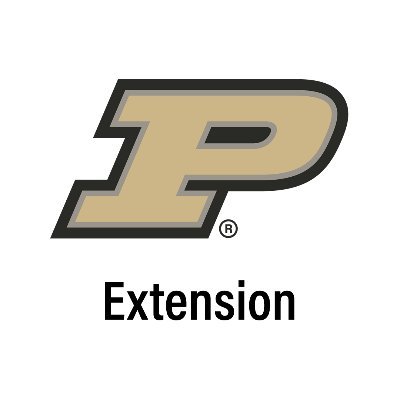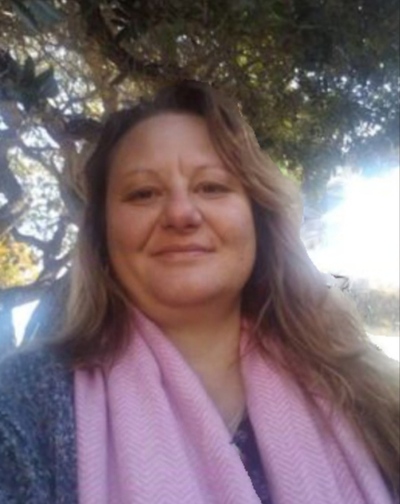It always is amazing how stores change their inventory based on the holidays and seasons. Spring is near and you can tell based on all the lawn and garden materials that are being displayed. A big part of those are the chemicals that can be used. Safe use of these pesticides starts with understanding what a pesticide is. It starts out with understanding the word 'pesticide' and knowing its job is to "kill or alter a pest behavior".
Pesticides are then divided into specific types. For example, a fungicide controls fungal disease, an insecticide controls insects, and an herbicide controls herbaceous plants, usually considered weeds. Mouse and rat poisons are called rodenticides.
Pesticides can be purchased as bags of dust, soluble powders, and emulsifiable concentrates, as well as many other formulations. Each formulation has advantages and disadvantages. Rarely do I ever recommend a dust but there are a few cases where this is the proper product formulation to use.
There are pesticides that are classified as "Restricted use". These are available to licensed applicators. General-use pesticides are usually what is available to the homeowner. Clearly stated on the label, under "ingredients," one will find active ingredients and inert ingredients. When I talk to people about the use of a pesticide, I refer to the active ingredient because brand names can change.
The active ingredient is the pesticide, and the inert ingredient is the carrier or what the pesticide is put on or in. An example is very finely ground clay that may be used as a carrier for a pesticide sold as dust. In addition, the percentages of the active inert ingredients will be listed.
The label on this product is how this product has made it to market. The EPA regulates pesticides and they have deemed that if you follow the label, the benefits of the product outweighthe risk. The label is the law. You are to follow its instructions.
On the label are signal words that provide a general indication of the acute toxicity of the product. 'DANGER-POISON' with skull and crossbones denotes the most toxic products, and these generally require a license to purchase and use. 'WARNING' is the next category. The pesticides that come with the signal word 'CAUTION' are safer than the previous two groups.
It is important to read the precautionary statement found on the label. It has information on human and animal hazards, environmental hazards, and physical and chemical hazards. First-aid information is also included.
The directions-for-use section is essential to be read thoroughly before a pesticide is used. The directions area covers mixing rates, re-entry information, and how to store, dispose of, and apply the product.
Read the entire label before buying, mixing, using, storing, and disposing of pesticides so no harm is done to humans, animals, or the environment.
Only use pesticides when necessary and only at the least recommended label amount to control the pest. These are the recommendations for the safe and responsible use of a pesticide.








